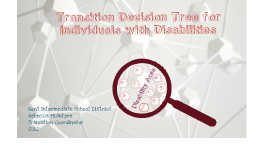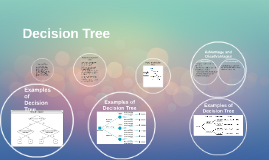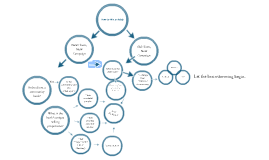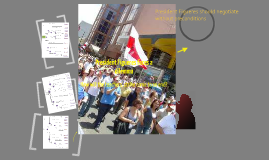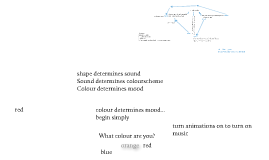Decision Tree Business Template
Transcript: Recommendations for Implementation Future Trends in Decision Trees Implement decision trees by ensuring accurate data collection and clearly defining evaluation criteria. Regularly update the model to reflect changes in business goals and emerging data, ensuring ongoing relevance and effectiveness in decision-making. The integration of artificial intelligence and machine learning is poised to enhance decision tree models, enabling predictive analytics and better outcome forecasting. As data evolves, so too will the complexity and adaptability of decision tree applications in businesses. Recap of Key Points Decision trees simplify complex decisions by providing a visual representation. Key elements include nodes, branches, and leaves, allowing for effective risk assessment and customer segmentation, thus transforming data into actionable insights. Conclusion and Best Practices Summarizing essential insights on decision trees highlights their value in facilitating informed business decisions and their adaptability in a changing landscape. Implementation requires adherence to best practices and awareness of emerging trends. Benefits of Using Decision Trees Simplification of Decision-Making Decision trees streamline the decision-making process by providing a clear visual structure for evaluating various outcomes. Their straightforward design aids in grasping complex data relationships, ultimately enhancing strategic business decisions. Decision trees break down complex decisions into simpler, more manageable parts. By outlining possible choices and outcomes, they reduce the cognitive load on decision-makers, making the process faster and more efficient. Handling of Non-Linear Data Visual Representation Unlike many traditional analysis methods, decision trees can manage non-linear relationships between variables. This flexibility allows businesses to develop comprehensive models that accurately reflect real-world scenarios without oversimplifying complex patterns. The visual nature of decision trees facilitates a better understanding of business processes. They map out pathways clearly, allowing stakeholders to grasp relationships between variables at a glance, which improves collaborative discussions. Easy Interpretation Decision trees are designed for straightforward interpretation, even for non-technical stakeholders. Their binary structure and clear outcomes help users quickly identify the best course of action without extensive data analysis. Common Applications in Business Risk Assessment Decision trees are invaluable tools that assist businesses in maximizing efficiency and enhancing decision-making across various processes. They provide clear visualization, simplifying the assessment of multiple outcomes based on different inputs. Decision trees facilitate risk assessment by mapping out potential risks and their impacts on business decisions. They allow organizations to weigh the probability of adverse outcomes against potential benefits, aiding in informed decision-making. Regression Trees Customer Segmentation Operations Management Regression trees predict continuous outcomes based on input features. They are typically used for forecasting trends and values, making them effective in financial analysis, sales predictions, and resource allocation. Using decision trees for customer segmentation allows companies to categorize customers based on behaviors or characteristics efficiently. This targeted approach leads to tailored marketing strategies, ultimately enhancing customer satisfaction and loyalty. In operations management, decision trees assist in evaluating process improvements and resource allocations. They provide a clear understanding of operational flows, enabling businesses to streamline processes while minimizing costs. Marketing Strategies Random Forests Classification Trees Decision trees play a pivotal role in formulating marketing strategies by analyzing various campaign outcomes. They help identify which marketing efforts yield the highest returns, optimizing budget allocation and campaign effectiveness. Random forests combine multiple decision trees to enhance prediction accuracy and reduce overfitting. By averaging the results of many trees, this method yields robust models, widely used in complex datasets like image and speech recognition. Classification trees are used for categorizing data into predefined classes. They help in predicting the class label of instances based on attributes, making them valuable in applications like customer segmentation and fraud detection. Types of Decision Trees Decision trees are vital tools in data analysis, categorizing input data into distinct types based on their application. The three primary types are classification trees, regression trees, and random forests, each serving unique purposes in data-driven decision-making. Leaves Leaves are the terminal nodes of a decision tree that signify the final outcomes based on the series of decisions made






